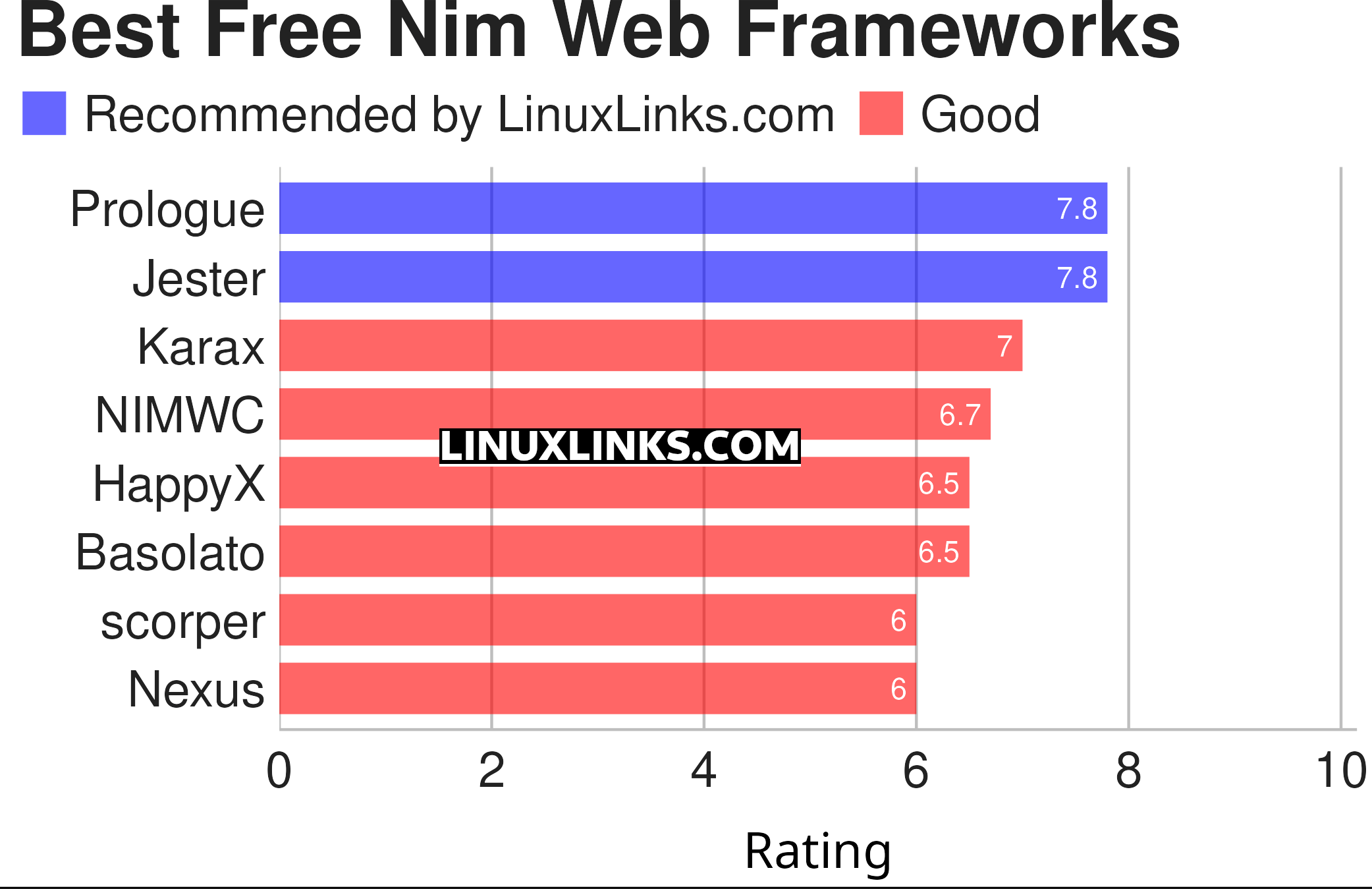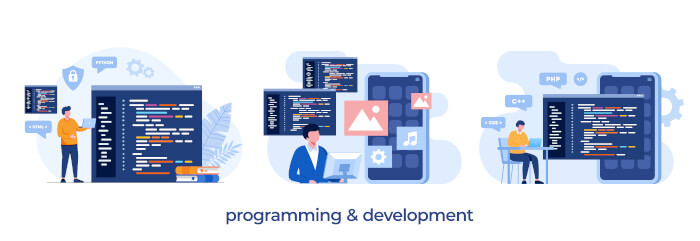One of the types of software that’s important for a web developer is the web framework. A framework “is a code library that makes a developer’s life easier when building reliable, scalable, and maintainable web applications” by providing reusable code or extensions for common operations. By saving development time, developers can concentrate on application logic rather than mundane elements.
A web framework offers the developer a choice about how to solve a specific problem. By using a framework, a developer lets the framework control portions of their application. While it’s perfectly possible to code a web application without using a framework, it’s more practical to use one.
Nim is a statically typed compiled systems programming language. It combines successful concepts from mature languages like Python, Ada and Modula. The syntax of Nim resembles that of Python.
Here’s our verdict.

Let’s explore the 8 Nim web frameworks. For each program we have compiled its own portal page, a full description with an in-depth analysis of its features, together with links to relevant resources.
| Nim Web Frameworks | |
|---|---|
| Prologue | Powerful and flexible web framework for building elegant web services |
| Jester | Sinatra-like web framework |
| Karax | Single Page Application framework |
| NIMWC | Nim fullstack website framework. NimWC is compiled to C code |
| HappyX | Macro-oriented asynchronous full-stack web framework |
| Basolato | Asynchronous full-stack web framework |
| scorper | Elegant, performant, asynchronous micro web framework. |
| Nexus | High-level web framework with batteries included |
This article has been revamped in line with our recent announcement.
 Read our complete collection of recommended free and open source software. Our curated compilation covers all categories of software. Read our complete collection of recommended free and open source software. Our curated compilation covers all categories of software. Spotted a useful open source Linux program not covered on our site? Please let us know by completing this form. The software collection forms part of our series of informative articles for Linux enthusiasts. There are hundreds of in-depth reviews, open source alternatives to proprietary software from large corporations like Google, Microsoft, Apple, Adobe, IBM, Cisco, Oracle, and Autodesk. There are also fun things to try, hardware, free programming books and tutorials, and much more. |
